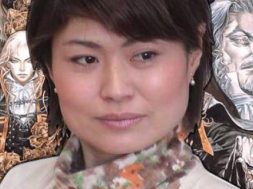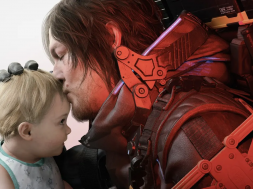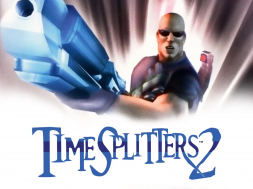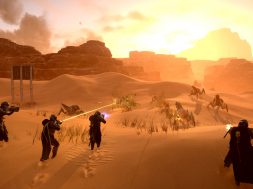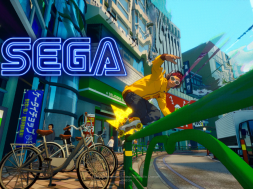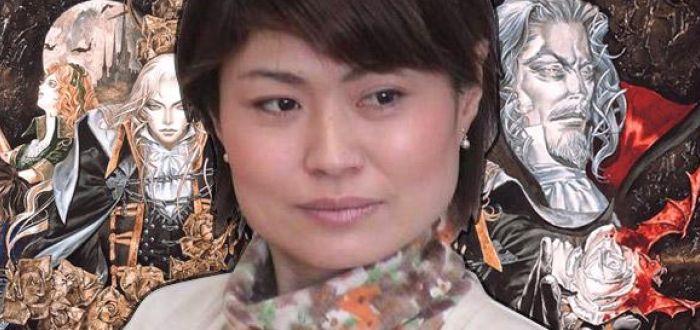
Opportunity can spring from coincidence. Being in the right place at the right time can open up a world of possibilities. However, success isn’t often that simple. The main factor is that you have to be the right person. A person with aspiration who knows their own capabilities and how far they can go with their skill set. While ambition is an excellent starting point, there also has to be a certain spark that fuels a need to learn from each day that passes. That’s the difficult part.
Few of us find this drive that can pull us beyond our creative limits and those who do tend to thrive in environments where they are forced to improve constantly. Such is the case with today’s icon.
In the early 1980s, Michiru Yamane, was a four-year student of musical arts. As a living to support her education, She worked part-time as a teacher at a local institute. It was through her time spent teaching and studying that she gained a love for the famous composer, Johann Sebastian Bach. It was the darkly undertones and eerie elements of his music that appealed to her in particular. A sense of macabre in his style resonated deeply with Michiru and would influence her work in future years to come.
Transitioning from her part-time job to working for Konami was as simple as happening across a job listing one day. Teaching did not pay particularly well and she had a distinct impression that her coworkers were not fond of her. Her original developments with the company involved creating compositions for arcade titles like Ganbare Goemon 2 and original pieces to accompany Konami’s first batch of games for the Game Boy.
The main hurdle she had to overcome in the 1980s stemmed from the predominantly male dominated industry unwilling to take a chance on having a woman be the main composer on a major title. Michiru’s work spoke for itself though and the undeniable flair she had did not go unnoticed. The Sega Genesis became the stomping ground for creative control on her work. The sound chip that came coupled with the Genesis provided a method to develop more than just composition, it enabled each sound that was produced to be freely synthesized. Early titles like Rocket Knight Adventures, Pop’n Twinbee and Castlevania: Bloodlines gave credence to the idea that Michiru Amane was not only reliable, but extremely talented in her field.
http://www.youtube.com/watch?v=i6QfS9Q6Yf0"
The game noted as her “big break” in the video game industry came in the 1990s. A changing time that saw the typical boys club of video game composers being questioned and rightfully moved in the right direction of integration. At the time, Konami was rumoured to have had an exclusivity deal with Sega for their Dreamcast console. This never panned out. Instead, they took it upon themselves to develop a high production game for Nintendo’s new console, The N64.
Castlevania 64 from a marketing standpoint was a guaranteed success. A highly successful franchise thrust in 3D. How could it go wrong? In the meantime, They continued developing a side project for the other new console on the block, The PS1. The game that became known as Castlevania: Symphony of The Night was a 2.5D adventure and exploration game. Its overall experience was designed to be a throwback to the original Castlevania titles on the first Nintendo consoles. The poor execution of Konami’s pride and joy, Castlevania 64, saw a sharp downfall in positive press and this subsequently led to a disappointing number of sales. Contrary to this, Castlevania: Symphony of The Night boasted excellent gameplay and a soundtrack tailored to perfection by Michiru Amane. This made it not only the best-selling game of the entire franchise, but one of the best-selling games of all time.
http://www.youtube.com/watch?v=wuSa2k5UEXs
Emphasis has to be given on the grandeur of Michiru‘s contribution. It is a harsh task to create memorable music for a game and an even harsher one to create iconic music from a franchise of games that is known for just that. From remasters, recreations and interesting collaborative original pieces came the fruits of more than a decade of working in the industry. Inspired by poets and modern music of the time, Michiru developed a beloved composition that complimented the gothic tones of Castlevania. This notoriety gave her traction in the eyes of industry professionals as fans started to sprout up touting the excellence of her work. Carrying on with Castlevania and branching out into the ever popular Suikoden series, showed a determination and work ethic that led to a growth in her style.
It was simpler for critics to typecast Michiru‘s pieces into one category after Symphony of The Night. Upon the releases of Suikoden III and Suikoden IV, This unfair shoehorning into the one category of “gothic sounds” was now abundantly inaccurate and irrelevant. Her sound was now sweeping and grand with gravitas and no longer haunting, but hopeful.
In 2008, The Castlevania veteran with eight games under her belt left Konami and has continued her art as an independent composer. Notably, She has provided two songs for Super Smash Bros. on the Wii U and the often overlooked indie gem Skullgirls.
Today, Michiru is still working. The upcoming Bloodstained: Ritual of The Night helmed by Koji Igarashi will feature Michiru‘s influence on every part of its soundtrack. A soundtrack that promises to blend the captivating epic themes of Suikoden with the finely crafted sense of dread of Castlevania.
Michiru Amane is a multi-faceted composer that has had three decades of success in an industry that initially tried to push her out. She is an icon of inspiration in her drive, ambition and unparalleled talent. Michiru has left a distinct sound in the video game industry that will be heard and replicated for years to come.
